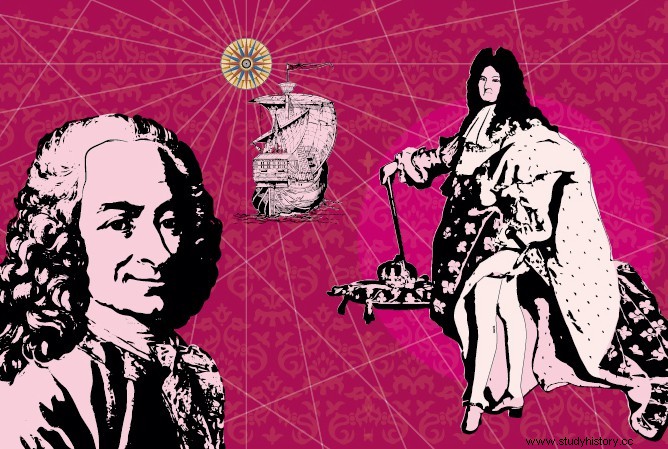
In 1842 a Russian manuscript titled Povest’o Drakule was found in Saint Petersburg. , work of Fyodor Kuritsyn, who was the ambassador of Ivan III the Great, Grand Prince of Moscow, to Mathias Corvin from 1482 to 1485. Twenty-two manuscript copies of this text were made up to the XVIII e century. While in Transylvania, Moldavia, and Buda (where he says he saw a son of Dracula), Kuritsyn collected 19 anecdotes offering precepts of government for the ruler who forged the autocratic Russian state.
The first was the equality of all before the law of the monarch, because Dracula "hated the evil in his country so much" that no one, "however great his wealth, could buy his life […], boyar or priest, monk or common man. This idea was translated into the legal code of 1497, in which Kuritsyn collaborated, and which surprises by its extreme severity and its propensity to punish with capital punishment or mutilation of offenses which until then were punishable by simple fines. The story also relates the exemplary resistance of Vlad III against the Turks, against whom he fought as resolutely as Ivan III had to face the powerful Tartars of the Golden Horde, in the opinion of Kuritsyn, who refused to compromise with them.
Kuritsyn's text was so influential that Tsar Ivan IV the Terrible was credited with anecdotes relating to Dracula, such as chastising soldiers by wounding them in the back, as punishment for fleeing from the enemy (after a battle in 1572 ), or burning poor people locked in a building (the church of Aleksandrov Svoboda, during the famine of 1575).
The Demon of the West
In 1897, the writer Bram Stoker published his novel Dracula , located in Transylvania, the native land of Vlad III. At that time, vampires were all the rage. Literature on this topic dates back to the middle of the 18 th century, and Stoker was no doubt familiar with works like The Bride of Corinth (1797), by Goethe, The Vampire (1819), by John W. Polidori, or Carmilla (1872), by Joseph Sheridan Le Fanu. Also noted were Dracula's very notable coincidences with The Vampire Captain (1879), novel written by Marie Nizet, a young Belgian in contact with Romanian exiles. Is this the source where Stoker drank?
In any case, Stoker had documented vampirism in the Carpathians. He was writing a novel about "Count Wampyr" when, while on vacation in Whitby, he discovered in the library of that locality the book of the diplomat William Wilkinson, Journeys in Wallachia and Moldavia i> (1820), which spoke of the voivode Dracula. In a footnote, he explained that in the Wallachian language dracul means "demon", while in Hungarian it means "dragon". Stoker transformed Wampyr into Dracula, and Wilkinson's account of the voivode served as the basis for the historical panorama that, in the novel, Dracula paints for his host Jonathan Harker.
The voivode did he like blood? In the poem he dedicated to him in 1463, the German troubadour Michel Beheim said that "what pleased him and stimulated him, / was to see human blood flowing, / because he used to plunge his hand into it / when it was not served to him at the table / during his meals”.
